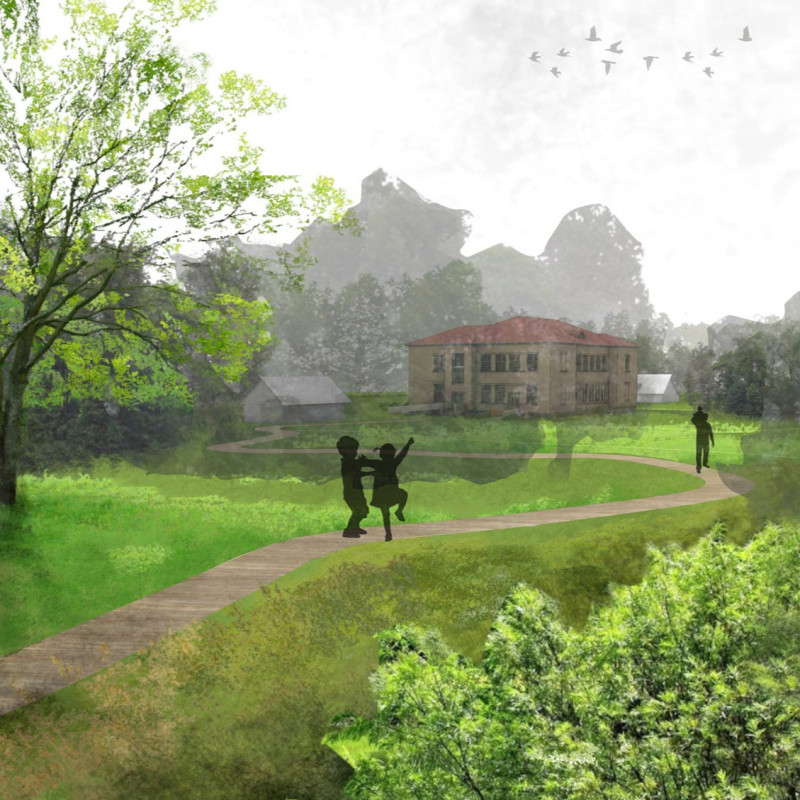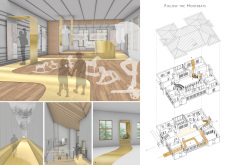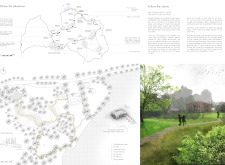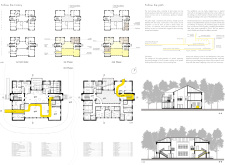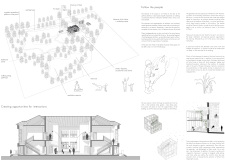5 key facts about this project
The Ethnographic Open-Air Museum of Latvia is situated on the outskirts of Riga. It serves as a space to showcase traditional wooden buildings that represent the historical countryside of the region. The design aims to create an engaging experience that connects the indoors with the outdoors. Visitors can explore both the exhibitions and the surrounding landscape in a way that feels natural and inviting.
Site and Layout
The site has been carefully planned to guide visitors along a series of pathways. These paths lead to different exhibitions and natural areas, encouraging exploration and interaction. As visitors walk through the grounds, they encounter the rich history that is interwoven with the region's natural beauty. This arrangement helps foster a sense of connection to the local heritage.
Functional Elements
Key components of the museum include the Dugout (pit-house), Art Shed, Traditional Sauna, Nature Pathways, The Clearing, The Platform, and designated Parking Spaces. Each of these elements has a specific role, enhancing the visitor experience while contributing to an overall narrative about the relationship between art, culture, and the environment. This variety of spaces allows for various activities, promoting public engagement with the museum.
Sustainability Initiatives
Sustainability is an important aspect of the design. Ground-coupled heat exchangers are discreetly placed underground, which helps reduce energy consumption while maintaining comfort inside the buildings. Additionally, a reed treatment plant is included in the design to address environmental factors. These features showcase a commitment to preserving the local ecosystem while adhering to modern design principles.
Materiality and Context
Though materials are not extensively detailed, the focus on traditional wooden structures reflects a connection to local building practices. Using wood honors the architectural heritage of the area and helps establish a physical link to the environment. This choice emphasizes the desire to create harmony between what is built and the natural surroundings.
The site incorporates nearby natural reserves and landmarks, such as Kemeru National Park and the wild horses of Jelgava. These features contribute to the overall experience, reinforcing the museum's relationship with its landscape. The thoughtful integration of culture, visitor experience, and sustainability results in a design that serves its purpose while respecting the surrounding environment.


